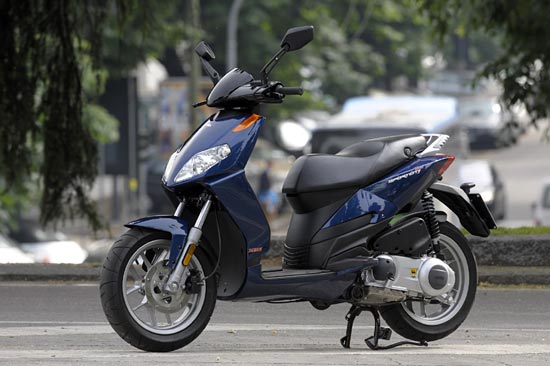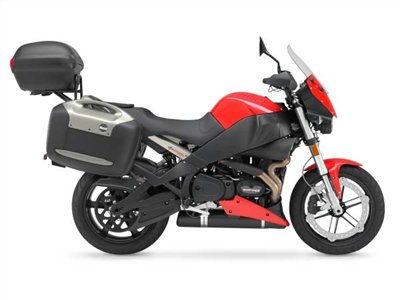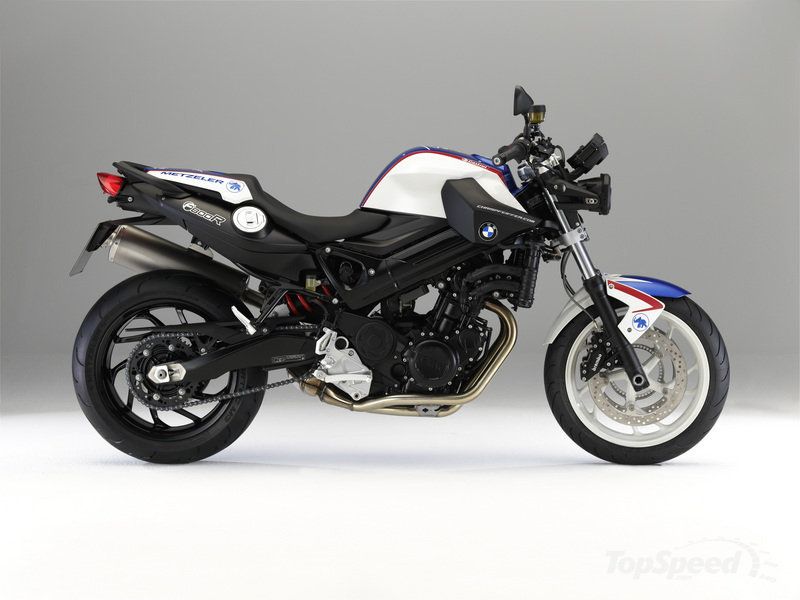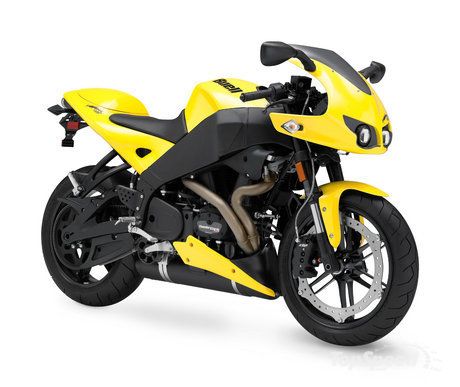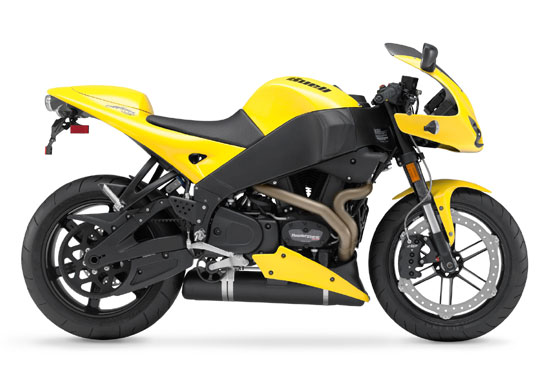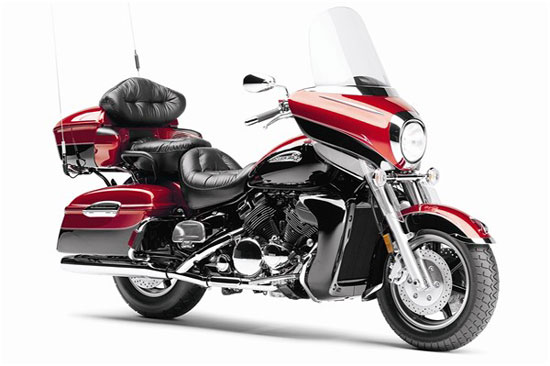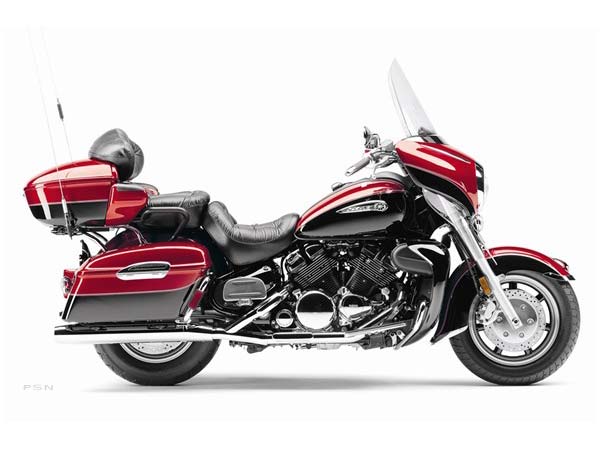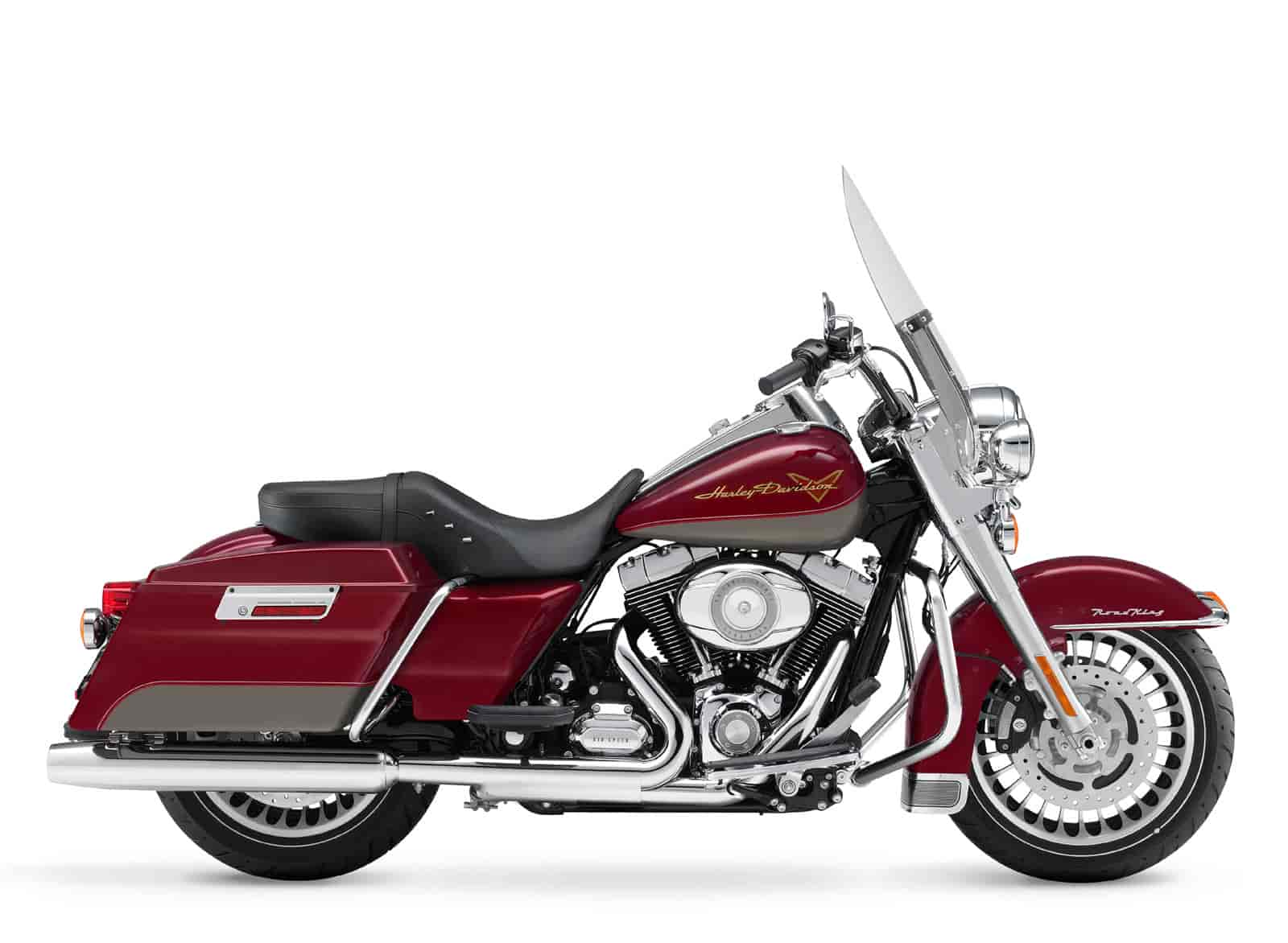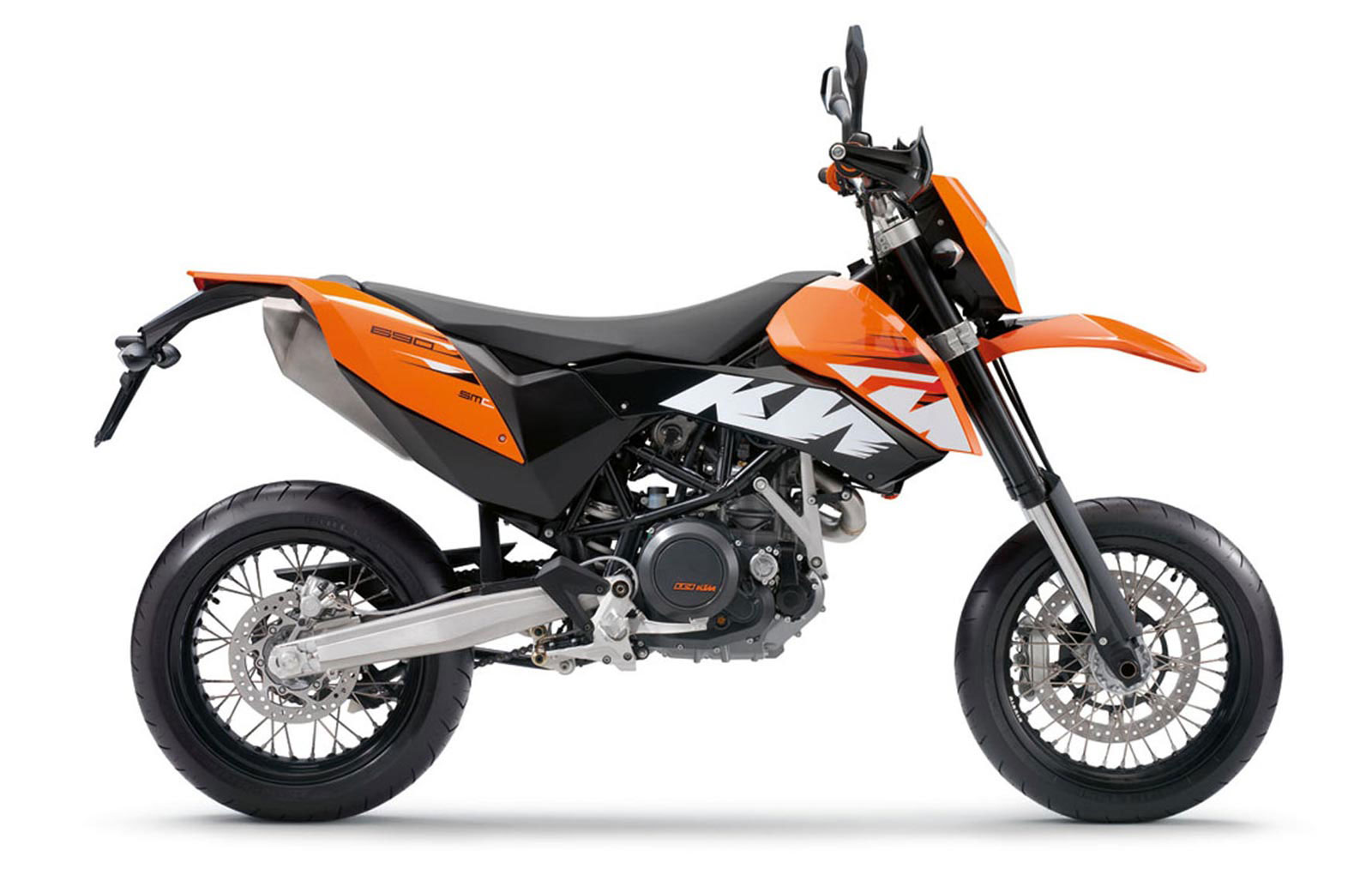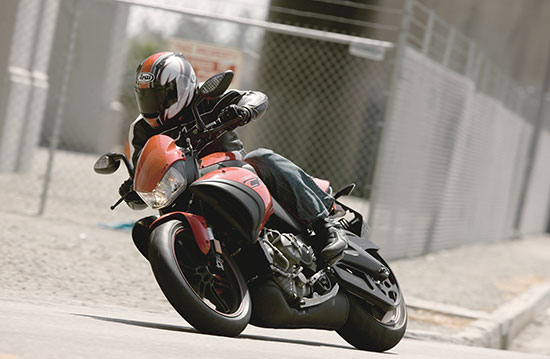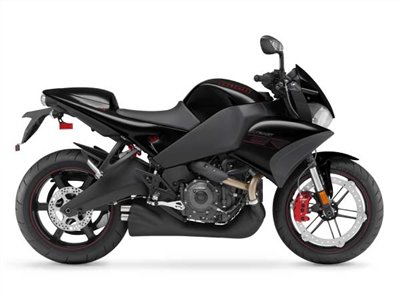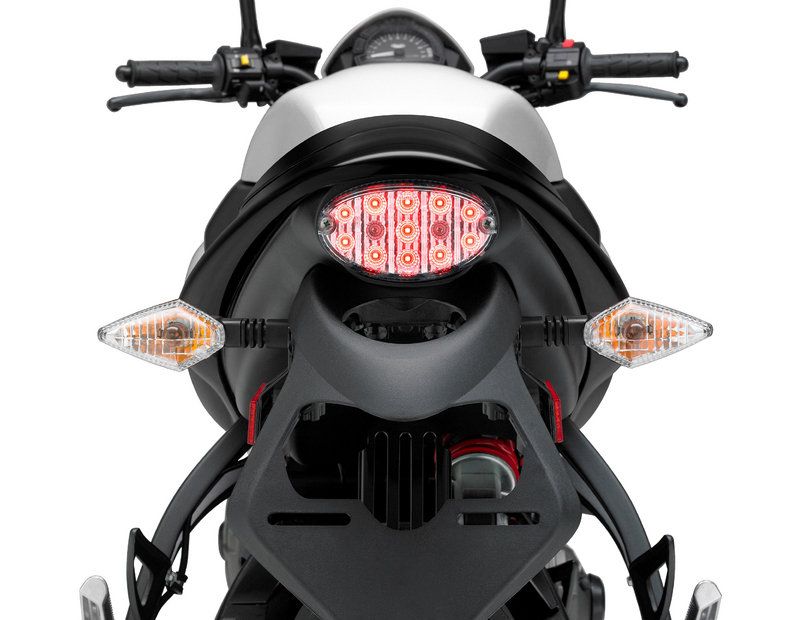Sunday, August 30, 2009
Saturday, August 29, 2009
2010 Audi A5 Sportback
It is no surprise that Audi A5 Sportback adopts the sports gear of S4 or the S5 convertible to become S5 Sportback. That it has from now on V6 3.0L with compressor of 333 horses with 5500 trs/min which exempts some 440 Nm of couple between 2900 and 5300 trs/min.
The S-Tronic gear box with 7 reports/ratios is part just like the true Quattro transmission. S5 Sportback announces beautiful performances the such 0 to 100 km/h in only 5.4 seconds or Vmax, of course autolimitée, of 250 km/h. the mixed consumption of this S5 with 5 doors is of 9.7 L/100km, which is, altogether, correct with the reagrd engine performances and output.

On the other hand, it seems that S5 Sportback makes in quasi discretion since outside, only the wheels in 18 inches fitted into 245/40 ZR 18 and of the black clamps will let appear a trace of sportivity… Encore that S5 Sportback of color Blue given luster to Sprint, rim All Audi Style 7 in 20 inches, interior red Nappa leather magma (or leather will alcantara black/beaded money) is a remarkable car with the two directions of the term! This beautiful S5 Sportback will be marketed in spring 2010 with a price market selling at 58.000€ on the Audi stand of the living room of Frankfurt.
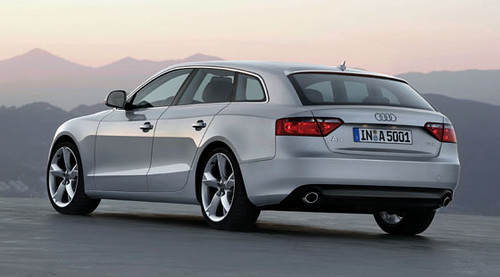

Friday, August 28, 2009
2010 Mercedes-Benz B-Class F-CELL that comes to the USA on 2010
Owing to its large distance approximately 400 kilometers and that again refuelling times of the short-circuit from around three minutes, B ‑ category F-CELL guarantees local zero emission mobility even for long expansions. „2009 are the year, in which we manufacture further milestones, in which supportable mobility are concerned.
The B-category F-CELL takes row production conditions on an innovative role, like the first fuel cell of the world under propelled to be produced automobile, “, says Dr. Thomas Weber, Mitglied of the supervisory board of Daimler AG, responsible for group research and development for Mercedes Benz cars. The technological heart of the carrier is new production of the contract to produce high performance fuel cell system, in which gaseous hydrogen with atmospheric oxygen at staff 700 reacts, in order a river for the electric motor. The fuel cell system of B ‑ category F-CELL has a very good Cold engine even at the temperatures, which are as low as minus 25 degrees Celsius. The heading for system was completely again-developed against the F-CELL in category, which was represented 2004, if Mercedes Benz engineers obtain considerable improvements, in the exit, in the torque, instrument range, reliability and began to characteristics and comfort. The B-category F-CELL now offers a driving of the pleasure and the everyday life suitability at horizontally aligned Mercedes - without local to emissions. As in the half-breeds with burn machines, uses fuel cell the car a Lithiumionbatterie with an exit of 35 kilowatts and a capacity of 1.4 KW/H to load energy and recover braking energy.
Lithium ion technology offers some advantages over conventional batteries, including compact measures, high speed, large reloading efficiency and a long service life. ‑ Category F-CELL the singular sand yielding floor architecture uses the b, which admits far away of a and of the B-category is. The advantage of this draft is that the drive components are in the sand yielding floor, in which it protected and much area will not take up, so that the interior of the carrier remains completely usable and is present a loading capacity of 416 litres. The B-category F-CELL does not need to be afraid comparison into equipment any is concerned. In the eye falling characteristics cover a bonamite silver end and an exclusive light alloy turn inside a draft with 10 spokes. In interior, leather upholstery you set for heating, continue automatic climatic price increase and the COMAND system, as well as other characteristics, guaranteeing a high stage of the comfort. The same level of security as in other Mercedes cars All the same which the conditions, which are reliability of B ‑ category F-CELL of the same high stage as in the Mercedes carriers with conventional burn machines. That B ‑ category integrated security concept F-cells considers the specific characteristics of the inventive heading for system.
The concept contains expertise of experience of many years Mercedes-Benz has had with fuel cell carrier drives and applications of high voltages. Mercedes engineers examined and optimized the drive-specific security of the components in more than 30 additional abort tests. Net of the gas stations required for wide-spread use of the car With more than 100 carriers and a combined total quantity examine of over 4, 5 million kilometers of the sample examination, the Daimler and Mercedes-Benz have the most extensive experience with fuel cell carriers of each possible manufacturer world-wide. The b ‑ category F-CELL is further certification that high stage of this technology of the development for automobile use.
However a complete net of the hydrogen gas stations must be still created, before at the place zero emission can become driving wide-spread reality. In order to form this possible, Daimler with government authorities, energy utility programs and oil companies co-operates with the community projects with the places such as Hamburg, Stuttgart and California. Mercedes-Benz regards the development of the electrical cars with battery and fuel cell carrier drives for local zero emission, as means of the addition of the carriers with Hightech combustion engines driving. Advanced Diesel and carburetor engines remain important for applications of automobiles for a long time to come - not only for individual mobility in the passenger cars - particularly over long distances more importantly - however, for freight transport in the LKWas. Electrical carriers on the one hand are used increasingly in the local traffic.
Subscribe to:
Comments (Atom)

